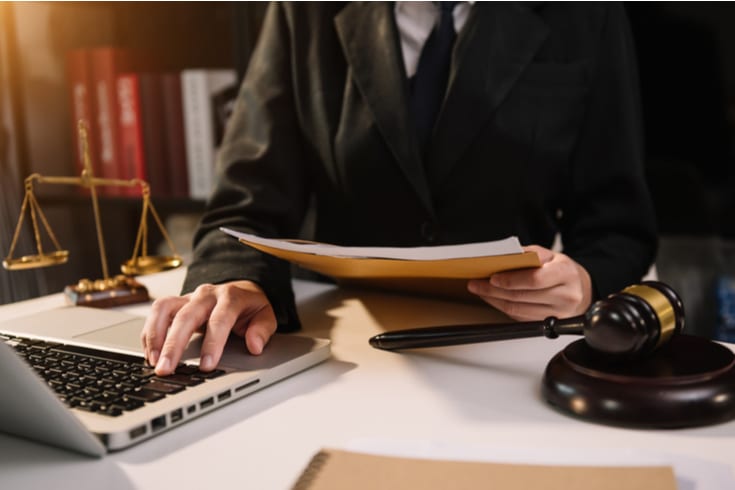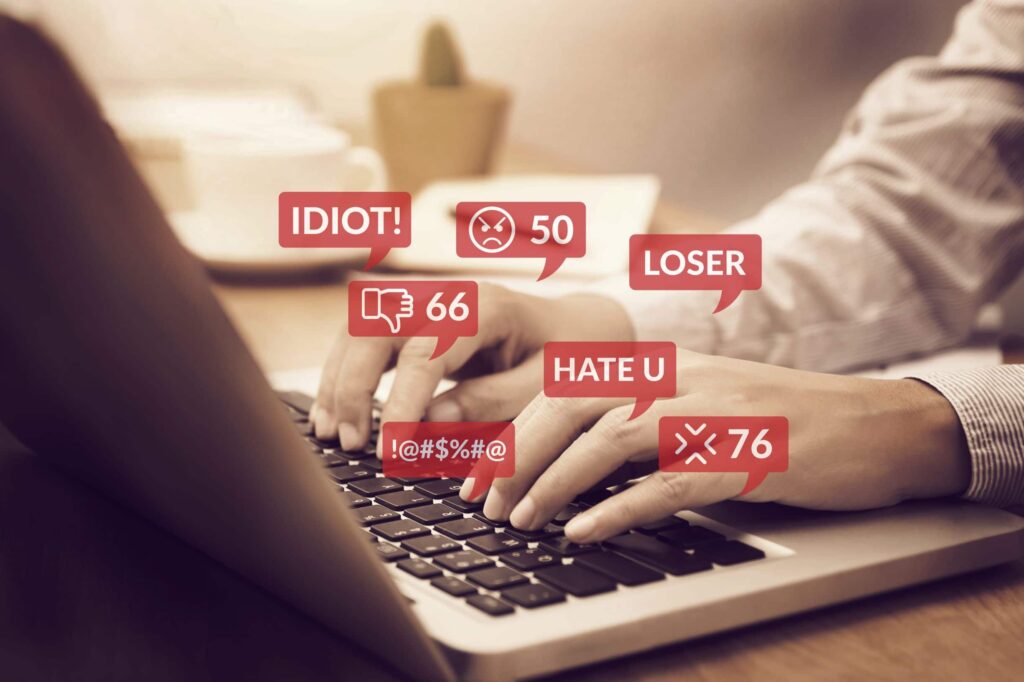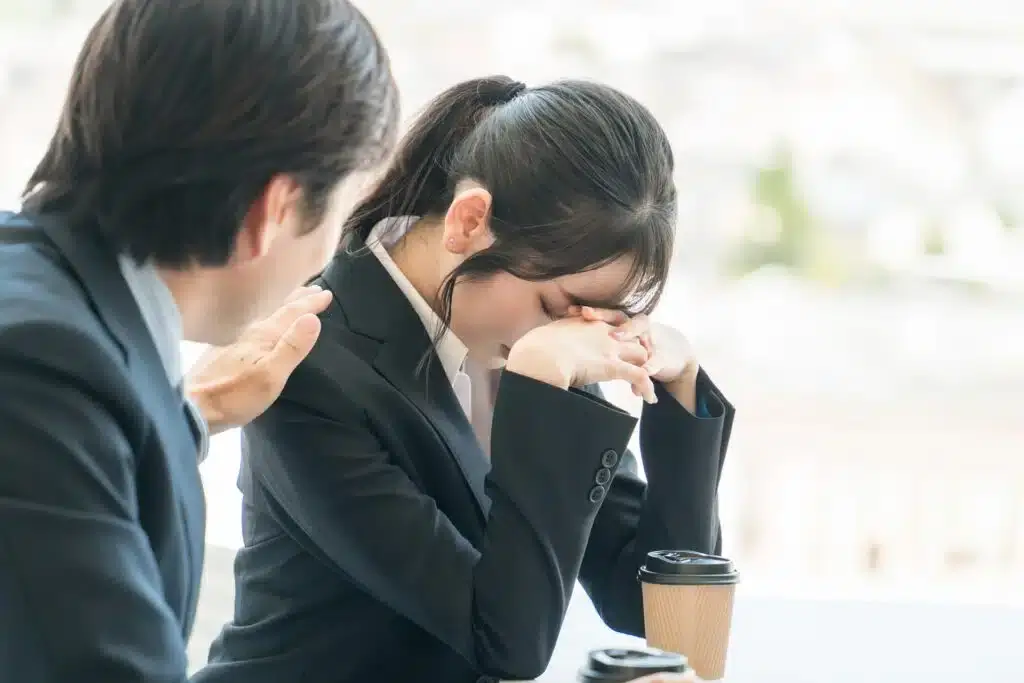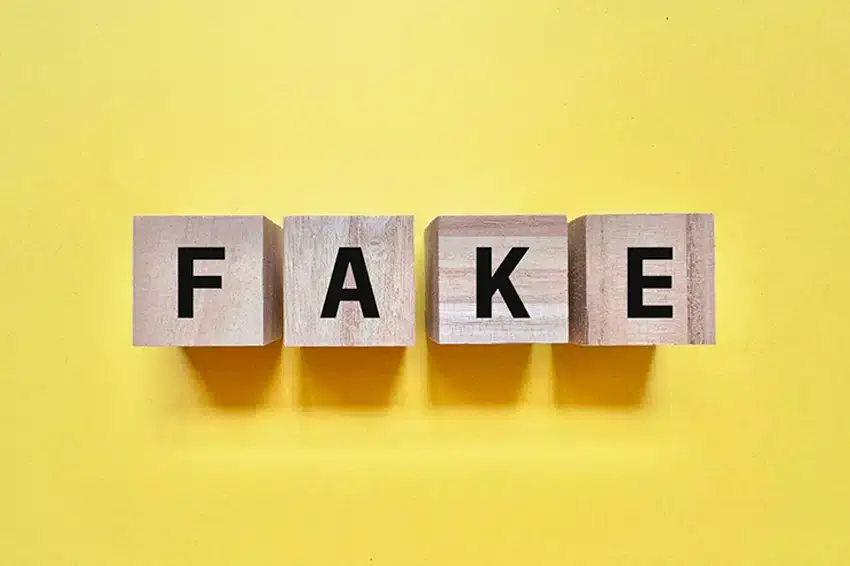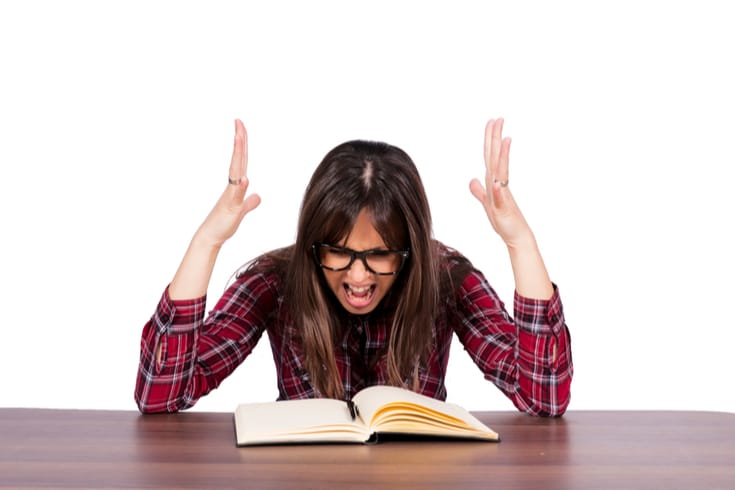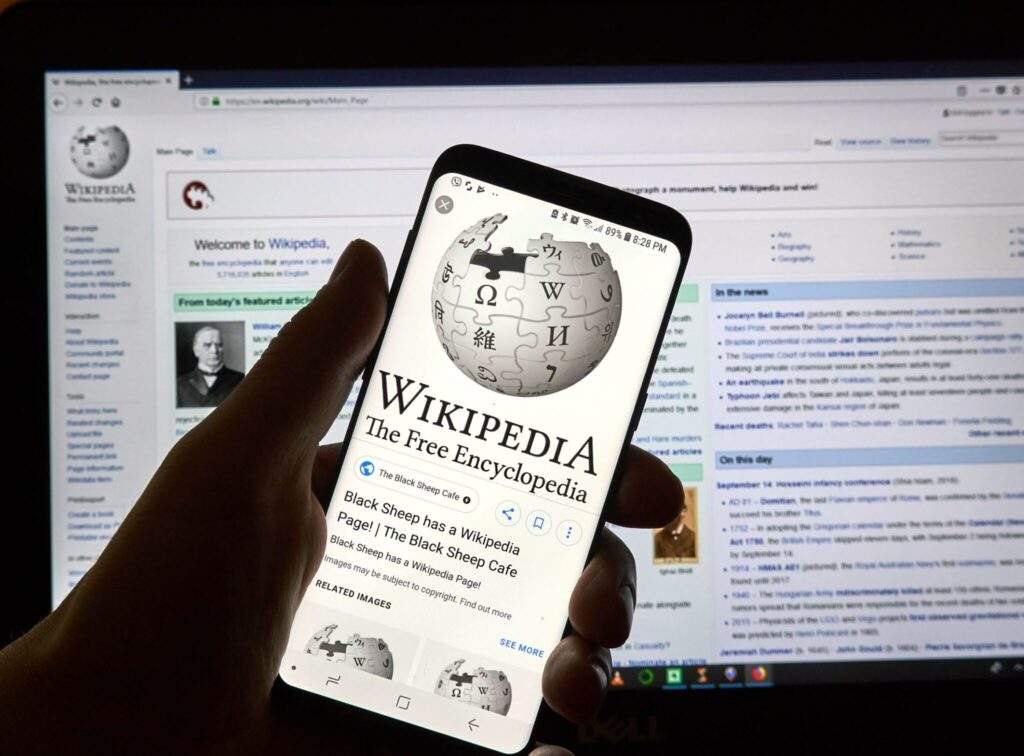'Is It Permissible to Take Photos of Other People's Property and Publish Them Without Permission?'
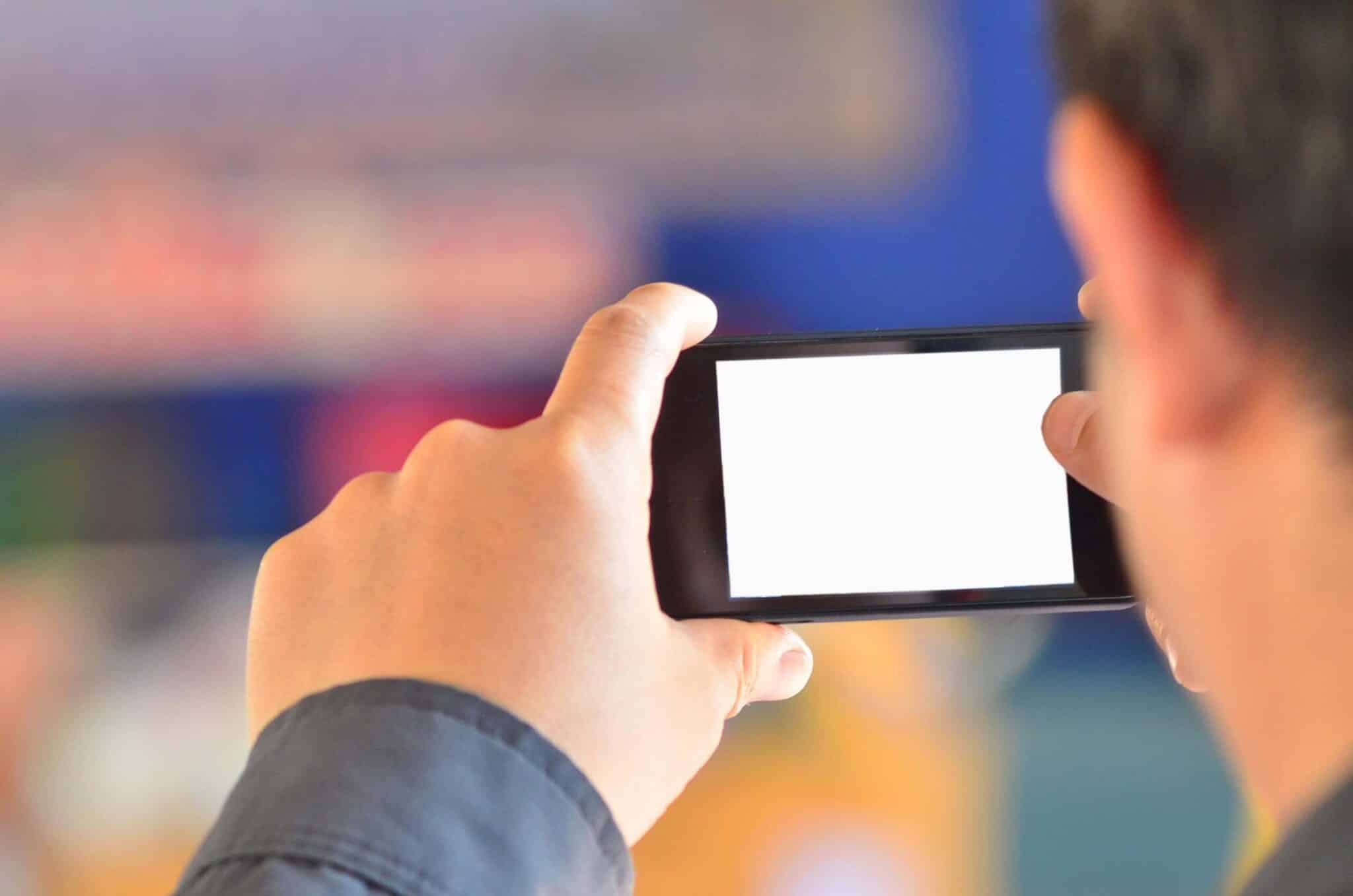
Taking and publishing photos of people’s faces or appearances can infringe upon their ‘portrait rights’. But what about taking and publishing photos of things that belong to others, not their appearances? Here, ‘things’ usually refers to other people’s property. In other words, can you freely take photos of other people’s property and publish them?
In fact, depending on the subject matter, different rights may be at issue, so caution is required.
Buildings and Artworks
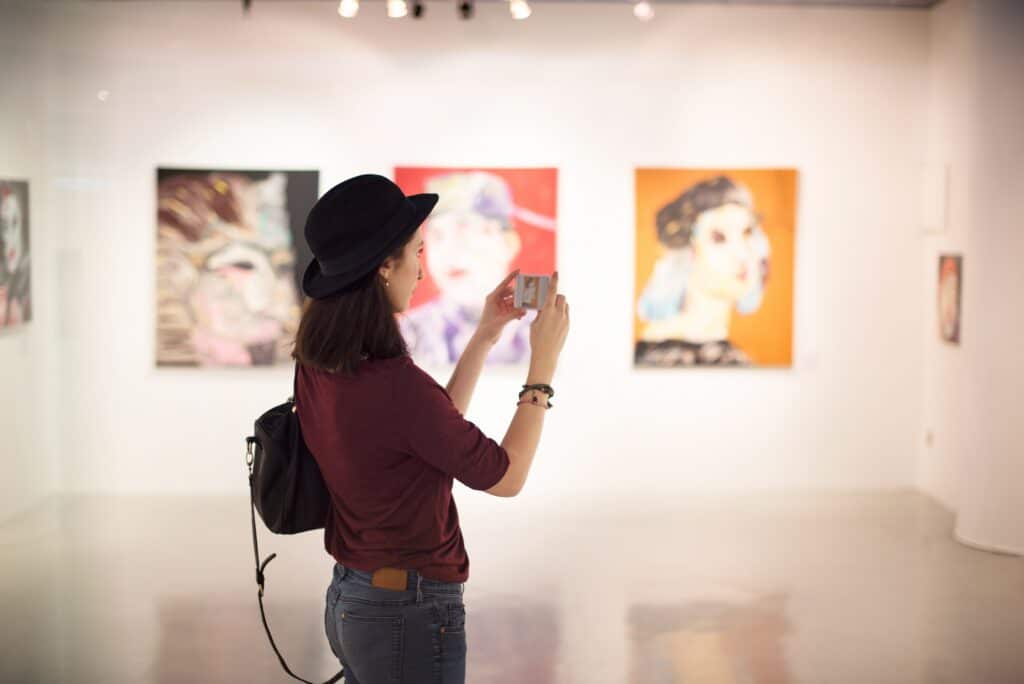
In the case of buildings and artworks, copyright becomes an issue. According to the Japanese Copyright Law,
Japanese Copyright Law Article 46 “Use of Public Artworks”
Artworks whose original works are permanently installed in outdoor locations specified in the previous article or architectural works can be used in any way, except in the following cases:
1. Reproducing a sculpture and offering it to the public by transferring its reproductions
2. Reproducing an architectural work by building it and offering it to the public by transferring its reproductions
3. Reproducing for the purpose of permanent installation in outdoor locations specified in the previous article
4. Reproducing exclusively for the purpose of selling reproductions of artworks, or selling such reproductions
It is stipulated that the prohibited acts for “things permanently installed in outdoor places or architectural works” are limited to acts such as creating a building with exactly the same design and creating replicas like souvenirs to sell to the public. In other words, if the purpose is other than these, free use is permitted, and it is not a problem to take pictures or use those pictures in advertisements.
However, there are some points to be careful about. For example, if the photo was taken within the premises of the building owner, the building owner’s “facility management rights” may take precedence. It is clear when copyright becomes an issue, but what about the general “objects”? It is hard to imagine that the object itself has any rights, for example, it is impossible to conceive of the portrait rights of an object, but how should we think about it? The following case became an issue regarding an advertising balloon.
In the Case of Advertising Balloons
An advertising agency, the plaintiff, ordered a gas balloon for use as an advertising medium. When the balloon was publicly displayed for promotional purposes, a photographer took pictures of it and brought them to an agent. A poster production company borrowed these balloon photos from the agent and created a poster featuring the balloon for an automobile company. The advertising agency, claiming that the novelty and exclusivity of the balloon were lost, causing significant business damage, sought damages for lost profits from the automobile company. The advertising agency’s appeal was dismissed in the High Court.
In the second trial following the plaintiff’s defeat in the first trial, the Tokyo High Court stated,
“In general, the owner of a property can use and profit from it by any means or methods, unless it exceeds the scope of their ownership rights or results in the infringement of the rights or interests of others. Third parties, unless authorized by the owner, are legally obliged not to interfere with the owner’s use and profit from the property, whether directly or indirectly.”
Tokyo High Court, September 28, 1978 (1978)
It affirmed the right of private property owners to take and publish photos, but at the same time, it stated,
“If a third party uses the balloon for the promotion of a specific product or company before the realization of the appellant’s objective, and as a result, as the appellant claims, attaches the image of a specific product or company to the balloon, making it impossible for the appellant, the owner, to achieve the purpose of use and profit, it can be said that the third party has infringed the benefits that the appellant has as the owner of the balloon. If a third party, who is in a position to foresee the occurrence of such an objective and its obstructive results, dares to take such an action, it cannot be denied that there may be cases where the third party should be liable for damages to the appellant. Also, as in this case, the act of advertising through a poster using a photo of the balloon should be considered as the use of the balloon.”
ibid
It limited its recognition to the fact that “there may be cases where a third party, who is in a position to foresee the occurrence of the appellant’s ownership objective and its obstructive results, should be liable for damages to the appellant if they dare to take such an action.” In this case, the defendant, the automobile company, had no way of foreseeing that using the balloon photo in the poster would interfere with or infringe upon the rights that the plaintiff had in the balloon. Therefore, the advertising agency’s appeal was dismissed.
Case of Animal Appearance
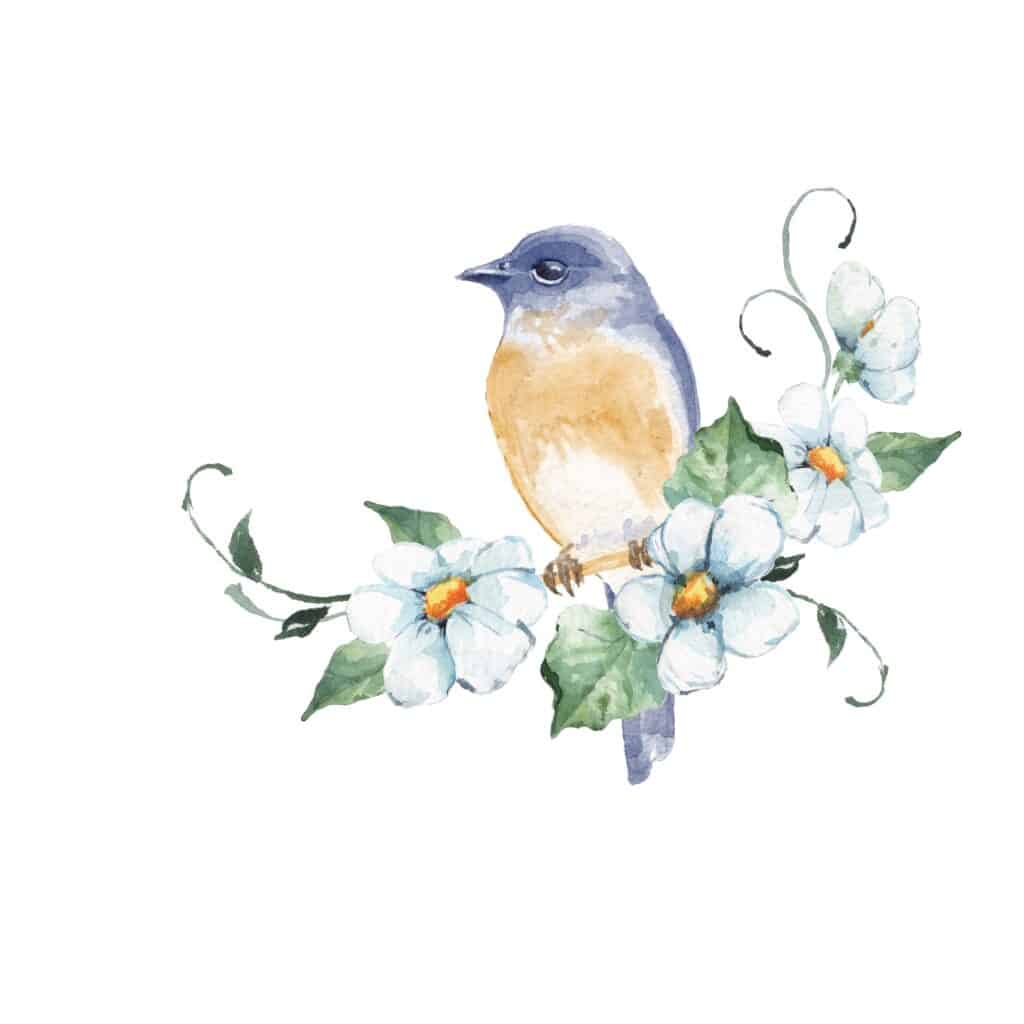
In Kochi, an emotional conflict arose between a breeder who has been raising long-tailed chickens, a national natural monument, since his father’s generation, and a merchant who has been selling postcards of the chicken’s photos. The breeder, claiming that the merchant was profiting from selling the photos taken under the pretext of hobby photography without permission, filed a lawsuit demanding compensation for damages.
However, the presiding judge stated that in order to proceed with the trial, it was necessary to first determine whether the long-tailed chicken was a copyrighted work, and advised the breeder to apply for an expert to make this determination. Losing confidence, the breeder withdrew the lawsuit. Then, the merchant claimed that initiating a lawsuit without being able to prove the right to claim was an illegal act, and demanded compensation for damages from the breeder. To state the conclusion first, the Kochi District Court dismissed the merchant’s claim, ruling that the filing of the lawsuit for damages was not an illegal act against the merchant.
The Kochi District Court stated that the long-tailed chicken could not be considered a cultural and creative expression worthy of protection under the Japanese Copyright Law, but,
However, the long-tailed chicken in question has a unique beauty as shown before, and there is a considerable amount of ingenuity and unknown hardship in its management and breeding. Considering that it was raised as a result of years of effort, it can be said that the act of photographing the long-tailed chicken, reproducing it on postcards, and selling it to others falls within the scope of the rights of the owner of the long-tailed chicken. Therefore, reproducing the photograph without the owner’s consent and selling it as a postcard is considered to meet the requirements of an illegal act that infringes on the rights of the owner, and the person who infringed on the rights has an obligation to compensate for the damage.
Kochi District Court, October 29, 1984 (Showa 59) Judgment
The court dismissed the merchant’s claim. There are many questions and criticisms about this judgment. The majority opinion is that there is no object right to refuse to be photographed for the long-tailed chicken. Based on ownership, it should be sufficient to prevent photography. If the long-tailed chicken is on private property and can only be photographed from within the property, it is possible to prohibit photography and charge a photography fee. Many opinions suggest that it is possible to protect “photos of long-tailed chickens” in this way.
The circumstances under which photography is not permitted are also explained in the following article.
https://monolith.law/reputation/infringement-portrait-rights-and-privacy-rights-on-youtube[ja]
Case of Books
A museum, which owns the ‘Jianzhong Goshinjo’, a self-written work by Yan Zhenqing, a calligrapher from the Tang Dynasty, once sought to stop the sale and disposal of publications by a publishing company that had reproduced and sold the ‘Jianzhong Goshinjo’ without permission, citing infringement of ownership rights (right to use and profit). The previous owner of the ‘Jianzhong Goshinjo’, A, had allowed B, a photographer, to reproduce and distribute the work in the early Showa era (1926-1989). The museum, the current owner, subsequently acquired the ‘Jianzhong Goshinjo’ from A. The publishing company received the photographic dry plate from B’s successor in 1968 (Showa 43) and published the 24th volume of the ‘Selection of Japanese and Chinese Ink Treasures’, ‘Yan Zhenqing’s Regular Script and Wang Shu’s Copybook’ using it on August 30, 1980 (Showa 55).
In response, the museum claimed ownership of the ‘Jianzhong Goshinjo’ and demanded that the publishing company stop selling and destroy the publication, arguing that it infringed on their ownership rights (right to use and profit) as it was done without permission. Of course, in this case, the copyright has expired.
The case was contested up to the Supreme Court, where the court ruled,
“The original work of an artistic work is a tangible object, but at the same time, it embodies an intangible artistic work. Ownership is a right that has a tangible object as its subject, so the ownership of the original work of an artistic work is limited to the exclusive control of its tangible aspect, and does not directly control the intangible artistic work itself. The exclusive control of an artistic work is solely owned by the copyright holder during the protection period of the work.”
Supreme Court, January 20, 1984 (Showa 59)
The court stated that the exclusive control does not extend to the intangible artistic work itself, so it is not possible to stop the sale of publications based on ownership, and rejected the museum’s appeal. In other words, ownership, which is the right to control a tangible object, is a right under the Civil Code, and can exclusively control the aspect as a tangible object, but the right to control the aspect as an intangible object is an intellectual property right.
Furthermore, in the same judgment, it was also stated that “After the expiration of copyright, the right to reproduce the work, etc., which the copyright holder had, does not return to the owner, but the work becomes public domain, and anyone can freely use it as long as it does not harm the personal interests of the author.”
The Case of the Maple Tree
Following the aforementioned Supreme Court ruling, there is a case involving a maple tree. The plaintiff owned land in Nagano Prefecture, where a 15-meter tall maple tree stood. The tree’s beauty had been featured in the media, making it famous. As more tourists began to visit, the roots of the maple tree were trampled, causing visible harm to the tree. As a result, the plaintiff put up a sign stating, “Permission from the owner is required for photographing and using images of the maple tree, except for personal enjoyment.”
However, a photographer who had taken pictures of the maple tree before the sign was erected published a book featuring these photos through a publishing company. The plaintiff then sued, seeking an injunction against the publication of the book and compensation for damages, claiming that the publication infringed on their ownership rights of the maple tree. In this case, the court rejected the request for an injunction and did not acknowledge the establishment of a tort.
The court stated,
“Ownership rights pertain to tangible objects. Therefore, the content of the ownership rights over the maple tree in question is limited to the exclusive control over the tree as a tangible object. It does not include the exclusive right to reproduce photos taken of the tree or to publish books featuring such reproductions. Even if a third party reproduces photos taken of the tree or publishes and sells books featuring such reproductions, it cannot be said that they have infringed upon the exclusive control over the tree as a tangible object. Therefore, it cannot be said that the plaintiff’s ownership rights over the maple tree have been infringed upon by the publication and sale of the book in question.”
Tokyo District Court, July 3, 2002 (Gregorian calendar year)
The court rejected the request for an injunction and did not acknowledge the establishment of a tort. This can be seen as following the precedent set by the aforementioned Supreme Court ruling.
Furthermore, the court pointed out in its ruling,
“If the plaintiff is concerned about the deterioration of the growing environment of the maple tree located on their land and wishes to prevent third-party actions that could negatively affect the growth of the tree, they can achieve this goal through the exercise of their ownership rights over the land. As already mentioned, the plaintiff has publicly announced that people must not engage in activities that could potentially harm the growth of the tree when entering the land, and that they must not photograph the tree for commercial purposes without permission. Therefore, if a third party enters the land in violation of these rules, the plaintiff can exclude such trespassing actions, and a tort can be established against the third party. Furthermore, by installing a fence within the land that does not spoil the scenery, the plaintiff can more reliably achieve the aforementioned goal.”
The same
as a suggestion.
Summary
It can be said that it is unreasonable to regulate the act of photographing someone else’s property and publishing the photos based on property rights. However, depending on the manner of the act, it is not impossible for a tort to be established. For example, if you enter and take photos without permission while the owner is managing their building, you may be held liable for tort.
If you would like to learn about the content of this article through a video, please watch the video on our firm’s YouTube channel.
Category: Internet


